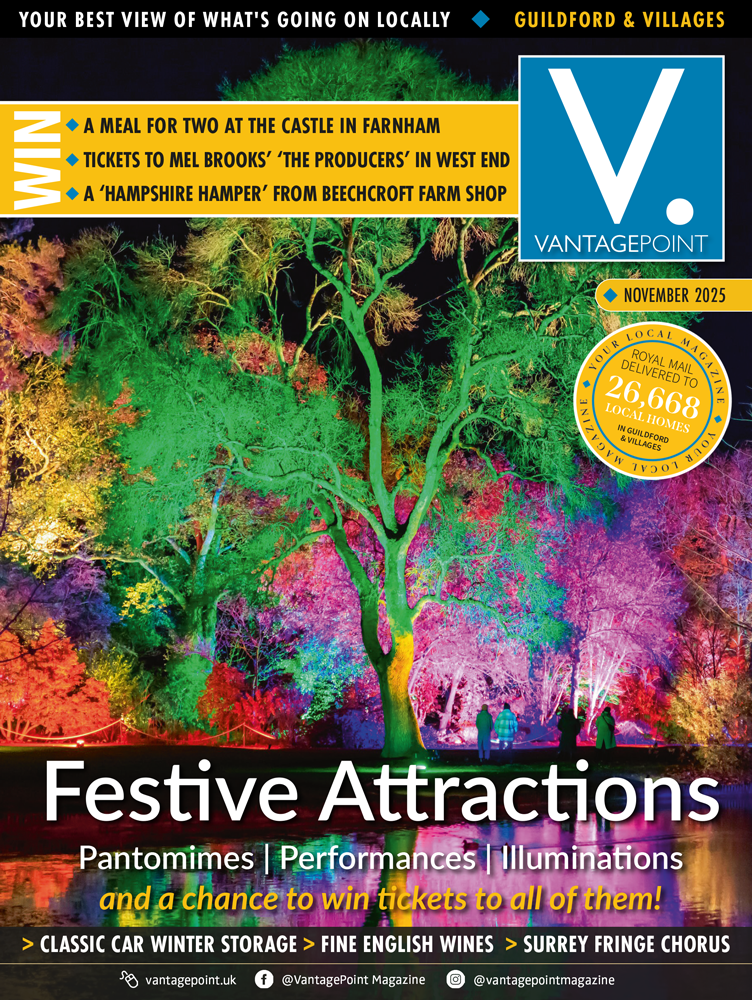Keep nature in mind as you prepare for your annual Halloween and Bonfire Night festivities with the RSPB’s advice for protecting wildlife whilst you celebrate.
Make your pumpkin go the distance
Our national love for pumpkin carving is a given, with picking patches growing in popularity and an estimated 10 million pumpkins grown each year just for Halloween. Once you’ve created your pumpkin lantern, re-purposing these squash in early November is a great way to minimise any food waste. Once you’ve checked your pumpkin is in good condition to cook with, there’s dozens of tasty recipes you can experiment with using discarded carvings, from hearty, warming soups to the irresistible sweetness of a pumpkin pie.
If the flavour isn’t to your taste, you can still put your leftovers to good use by chopping the pumpkin up and scattering it into your compost pile. This is a much better option then taking your pumpkin to a nature reserve or woodlands for wildlife, as they can actually be harmful to some animals.
Let nature spin your webs
Whilst artificial spider webs sprayed across hedges and plants might give a spooky atmosphere to your garden, for any visiting birds they can pose real danger, as they’re all too easy for wings and legs to get tangled amongst. Instead, why not go on a Halloween hunt at dusk for the real deal, and spot spooky webs spun by the abundance of spiders visible at this time of year?
Keep wildlife in mind when setting off your firework display
If you’re planning to light up the sky with a firework display, be mindful of setting these up away from any areas which might be home to wildlife, for instance bird and bat roosting sites, or a nearby nature reserve.
Birds could lose vital energy conserved for winter if they’re disturbed by fireworks, so avoid close proximity to vegetation, trees and hedges which may be providing shelter to birds, as well as nest boxes which some species (such as Blue Tits and Wrens) can often tend to use for roosting during cold weather.
Building a bonfire? Think Hedgehogs!
For Hedgehogs, a well-prepared bonfire stack of branches, leaves and garden cuttings can bear a very close resemblance to an appealing hibernation spot!
If you can, try to hold off assembling your bonfire until the day before you plan to light it – this should lessen the likelihood of any hedgehogs, amphibians or invertebrates ‘moving in’. Ideally, prior lighting, the bonfire should be moved to a new patch of ground altogether, but if this isn’t possible, it’s recommended to carefully lift sections off the pile in order to thoroughly check for any unwitting inhabitants. Whilst Hedgehogs should always be moved from a bonfire, disturbing them in any other situation could be critical due to energy burn, as they can lose up to a third of their body weight during hibernation.
If you’d like to go the extra mile to help Hedgehogs who might be visiting your garden, you could look to provide a Hedgehog house. DIY kits or readymade houses are available to purchase from the RSPB Shop (alongside suitable food), or if you fancy the kudos of building your own from scratch, then you can find full instructions on the RSPB website to guide you through the process.
If you’re planning to ghoul all-out for this year’s Halloween and Bonfire Night, these tips will keep your neighbouring wildlife safe and sound amongst the Trick or Treating. For more information on how to protect the birds, mammals and other wildlife that visit your garden or green space, visit the RSPB website.









